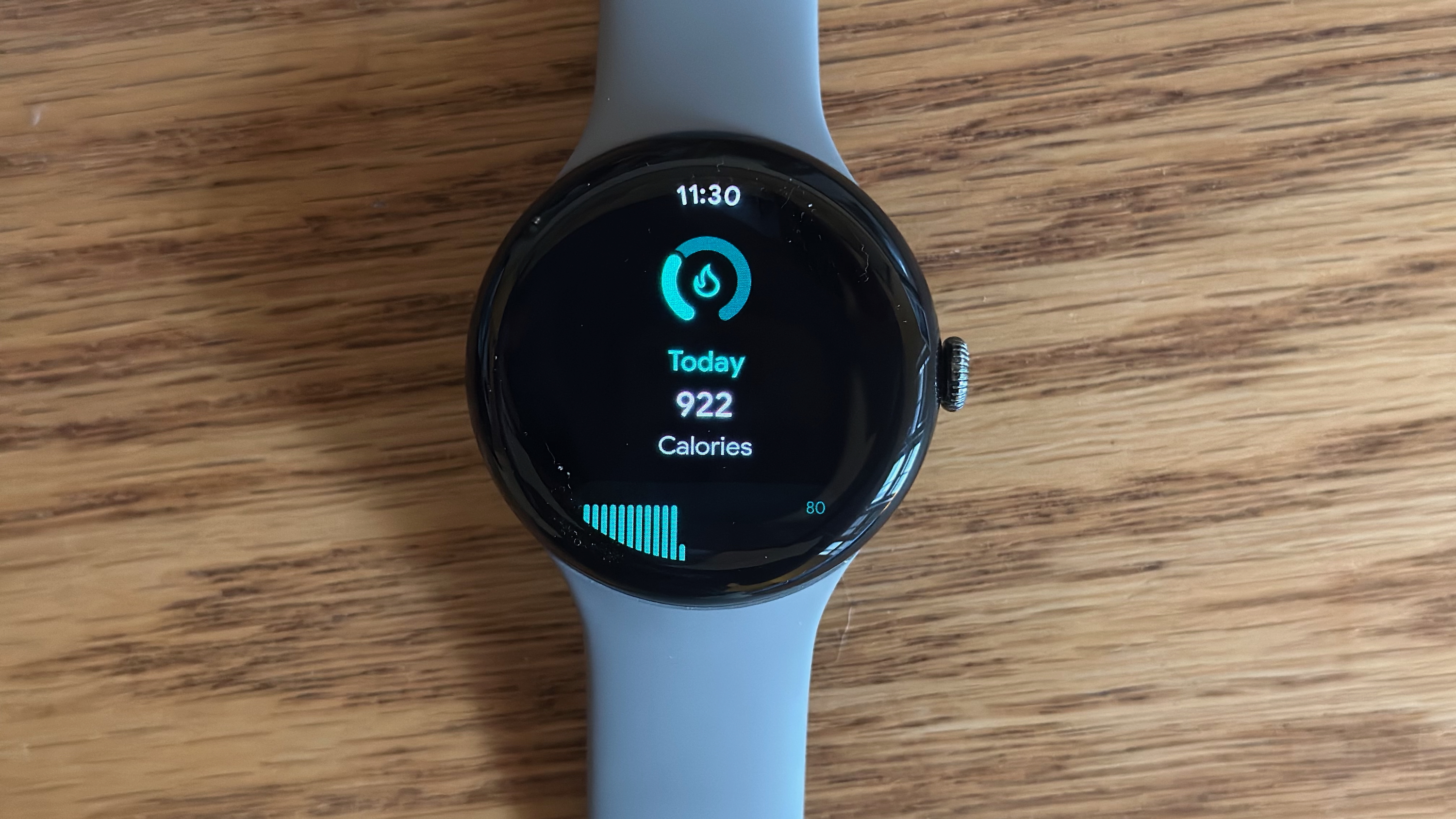Samsung Galaxy Watch Ultra 2: Everything we want from the next flagship watch
The Galaxy Watch Ultra has some epic upgrades, but it also has some weird design choices. Maybe the Ultra 2 will fix them.
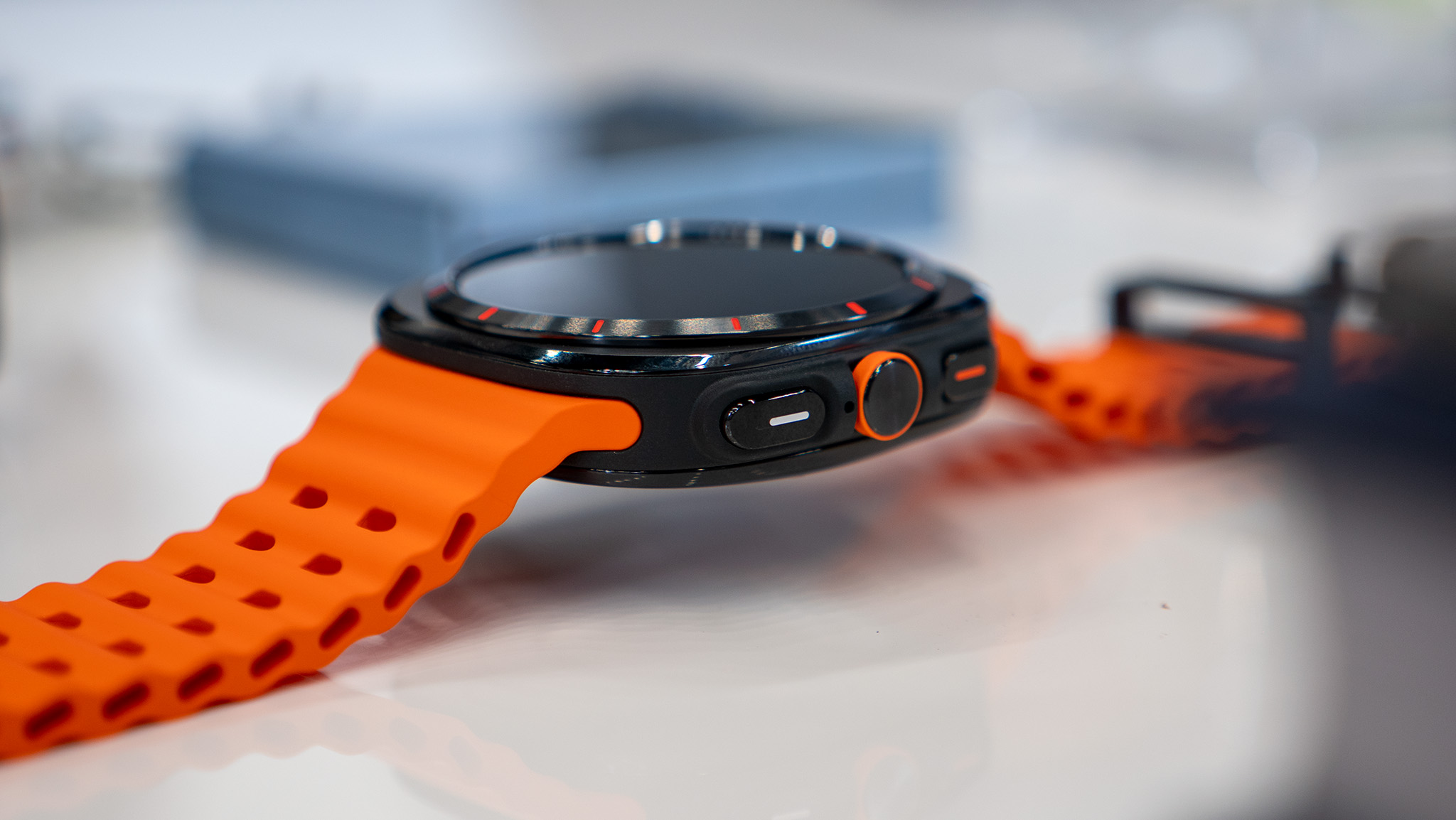
The Samsung Galaxy Watch Ultra is a new, high-end option for Android watch owners that's rugged, long-lasting, massive, and pretty darn expensive. It's yet another shift after the Watch 5 Pro and Watch 6 Classic, but we suspect Samsung will stick with a Galaxy Watch Ultra 2 next year.
After Apple cleared the way to sell smartwatches for the price of a smartphone, Samsung quickly followed suit. Our Galaxy Watch Ultra hands-on showcases all the ways it mirrors the Apple Watch Ultra 2. During a private Q&A session, Samsung engineers told us they're focusing on making the "most premium" watch due to "market" forces, leaving its old Pro behind.
That's why we assume the Ultra series is here to stay, and that Samsung will release a Watch Ultra 2 this summer. So, what do we expect Samsung to change, and what do we want them to change? Here's our Galaxy Watch Ultra 2 wishlist.
Add a crown, buttons, bezel...anything!
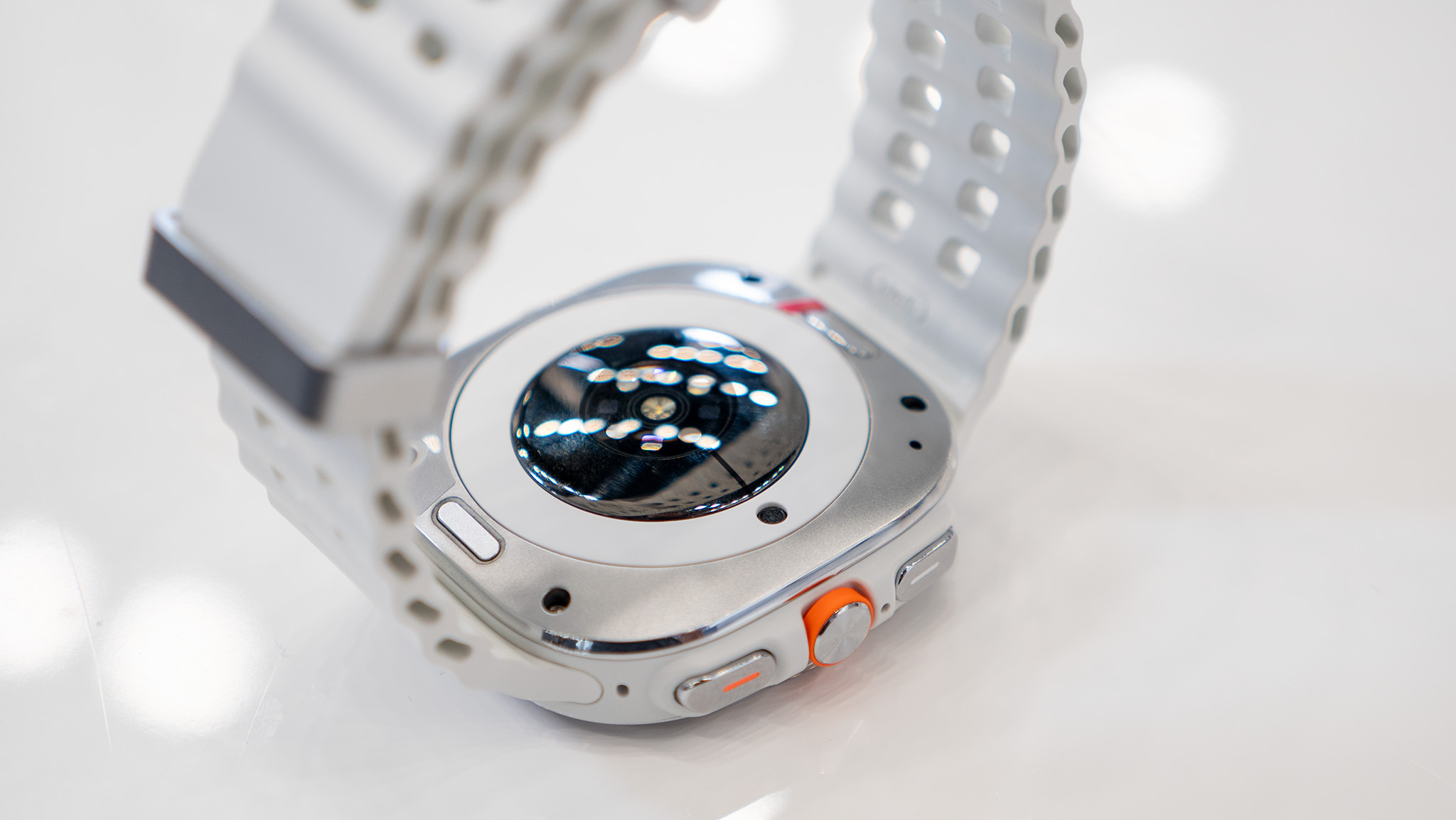
Despite borrowing many design decisions from the Apple Watch Ultra, Samsung didn't copy Apple in one key way: there's no crown. Nor did Samsung give the Watch Ultra a physical or digital rotating bezel. You can only use touchscreen swipes and buttons to navigate.
Rugged titanium watches like these aren't strictly for athletes; many people buy them for the design, battery life, and extra protection. But for anyone wanting to use the Watch Ultra's dual-band GPS or new route-racing tool, you might be disappointed by the lack of tactile options when you're mid-run with sweaty fingertips.
We don't care what Samsung adds to the Galaxy Watch Ultra 2, as long as it's some physical option. A physical bezel like the Watch 6 Classic's might make it too heavy, so Samsung could consider adding a crown like many other Android watch-makers (Google Pixel, Ticwatch) or subtle buttons on the left-hand side like a Garmin watch.
Meanwhile, the Galaxy Watch 8 can stick with the digital bezel to keep it lightweight, if Samsung wants.
Be an expert in 5 minutes
Get the latest news from Android Central, your trusted companion in the world of Android
New health tools
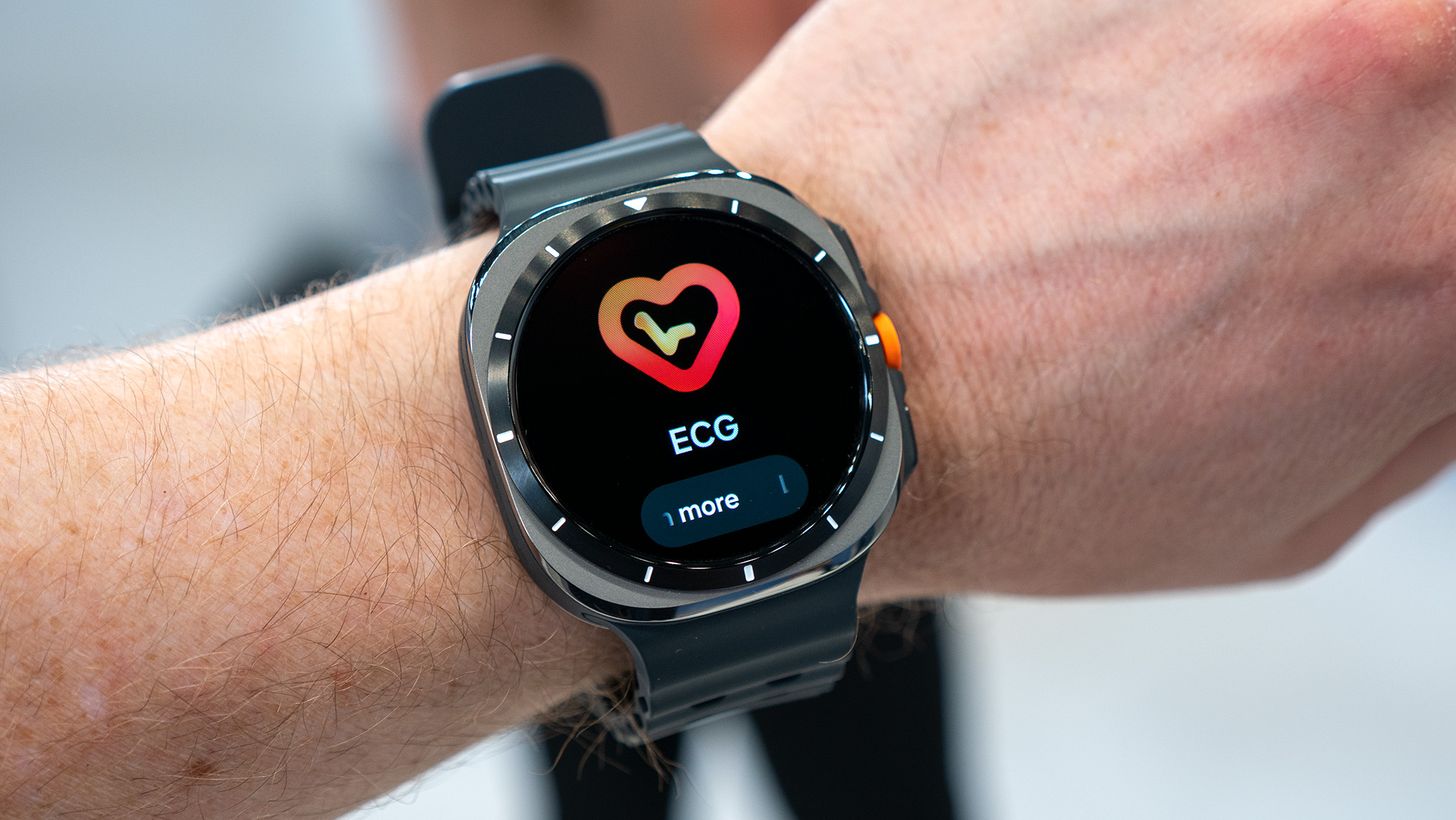
Samsung gave the Galaxy Watch 7 and Ultra 13 LEDs instead of four on the Watch 6, which supposedly makes them significantly more accurate for heart rate and blood oxygen data (especially during workouts). It says the revamped Biosensor can track your body's Advanced Glycation End Products (AGEs) Index, which is a warning sign for future body health issues like diabetes and heart failure.
We love this focus on health accuracy, combined with the new Galaxy Ring launch for better sleep tracking! We've yet to test the improved HR sensors for ourselves, but we're optimistic. So we'll simply hope that the Galaxy Watch Ultra 2 continues prioritizing health.
Maybe Samsung will finally make its blood pressure data accurate enough that the FDA approves it for U.S. usage. Or it'll jump from AGEs tracking to fully tracking blood glucose levels, something Samsung execs have said they're pursuing.
Training load and workout recs

Samsung's big fitness update for Wear OS 5 is its "Energy Score." It takes your heart rate, HRV, recent activities, and sleep quality to tell you how much energy you have for the day. It's a long-standing, popular feature on other fitness watches like Fitbit (Daily Readiness Score) and Garmin (Body Battery). Plus, Samsung added an FTP cycling test and new aerobic and anaerobic threshold heart rate zones.
When Wear OS 6 or 5.5 rolls around next year, we hope that Samsung takes things a step further from general body energy to physical readiness. Some watches will look at your recent activities and judge that you may be well-rested but still too sore to work out, recommending you wait X hours before your next one.
The other popular workout tool offered by Garmin and Apple is training load. It judges how your last week's workout intensity compares to past weeks, so you have data showing if you're improving or declining over time.
If Samsung gives the Galaxy Watch Ultra 2 better tactile controls and new training load data, it'll quickly become one of the go-to fitness watch options for Android users, even compared to Garmin.
Going full squircle?
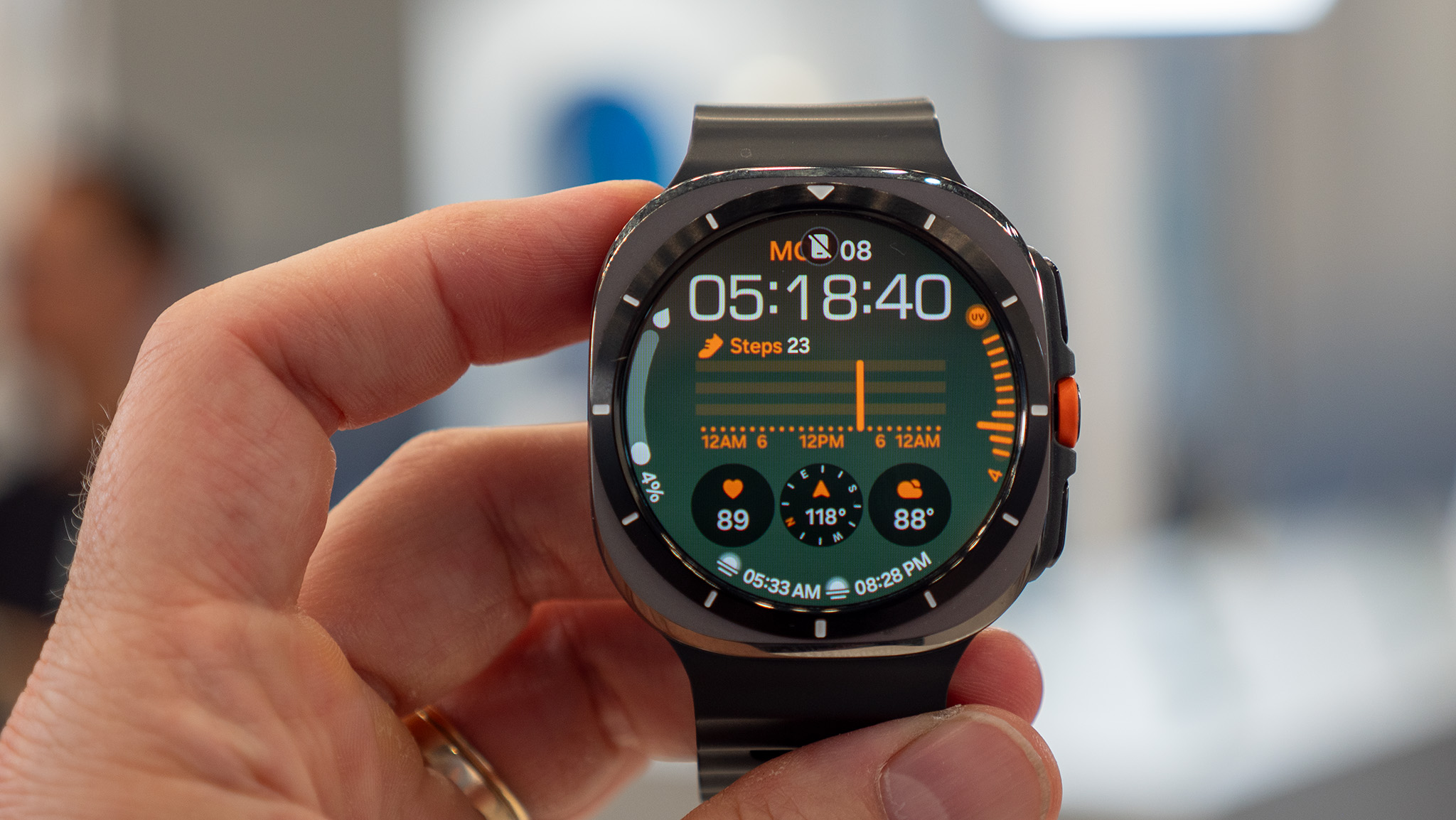
In March 2024, we heard a report that Samsung executives "enthusiastically" considered a plan to "bring back the squarish design for its smartwatches" for the first time since the Gear S in 2014.
One could argue that the Galaxy Watch Ultra is a return to a squarish design. The 1.5-inch circular display sits atop a squircle slab of metal, which is certainly unique! But that space is entirely cosmetic, adding weight without adding the utility of extra display space.
If Samsung continues to emulate Apple's design decisions, switching fully to a squircle display would be the next step. That's not a guarantee, and some long-time Android watch users would hate that switch, but it's a possibility.
When can we expect a release date?
Assuming Samsung even does a Galaxy Watch Ultra 2, you can probably expect the wearable to be announced alongside the Samsung Galaxy Watch 8 during an announcement event sometime this Summer.
The original Galaxy Watch Ultra, for instance, was announced on July 10th with a July 24th release date, while 2023's Galaxy Watch 6 series was unveiled on July 26th and hit store shelves on August 11th. If past launches are any indication, it's safe to assume that Samsung's next flagship wearables will follow a similar timeline. Needless to say, we'll continue updating this guide with rumors and speculation until we finally get some hard info, so check back on a regular basis to see what's new.
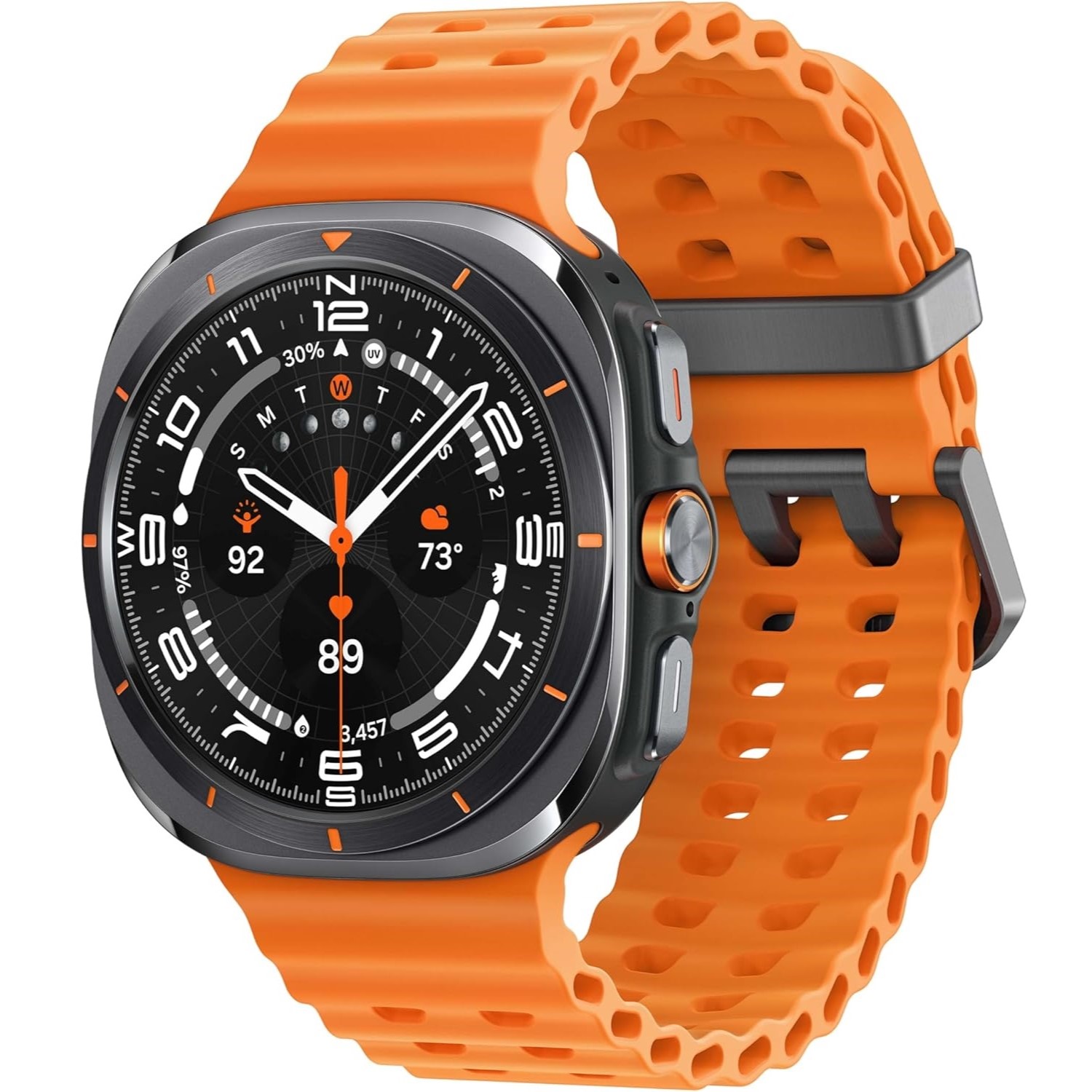
Samsung's first flagship
The Samsung Galaxy Watch Ultra has an ultra-bright 1.5-inch display, revamped Exynos chip, turbo-powered health sensor LEDs for more accurate results, the same battery capacity as the long-lasting Galaxy Watch 5 Pro, and a much more rugged design than the standard Watch 7. You might not want to wait a year for these perks!

Michael is Android Central's resident expert on wearables and fitness. Before joining Android Central, he freelanced for years at Techradar, Wareable, Windows Central, and Digital Trends. Channeling his love of running, he established himself as an expert on fitness watches, testing and reviewing models from Garmin, Fitbit, Samsung, Apple, COROS, Polar, Amazfit, Suunto, and more.
- Patrick FarmereCommerce Editor
You must confirm your public display name before commenting
Please logout and then login again, you will then be prompted to enter your display name.
